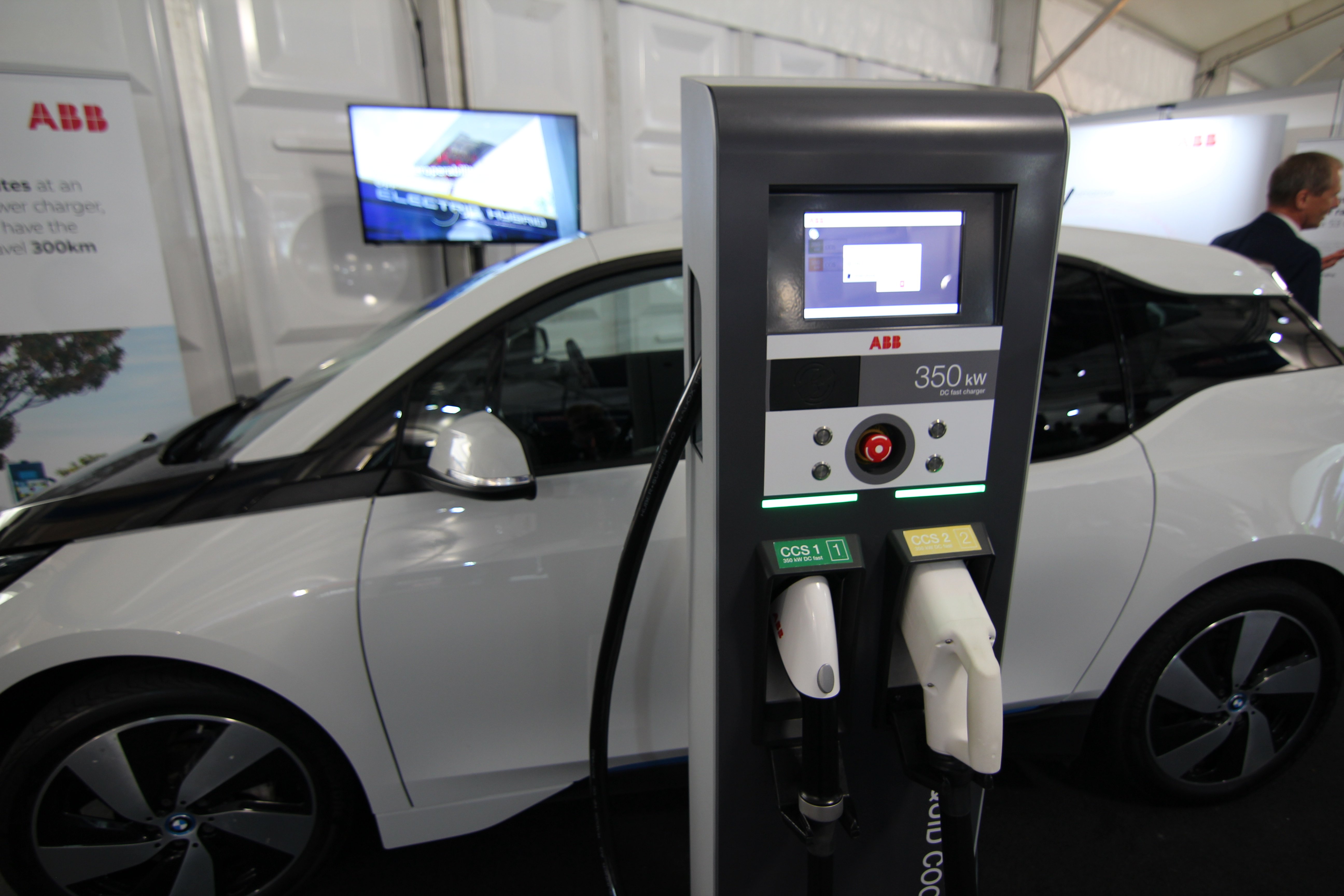It’s no secret that EV ownership is reaching a tipping point in Britain.
New registrations have surged from 3,500 in 2013 to more than 137,000 by March 2018, and analysis by Element Energy suggests that EVs could account for 30% of all new cars sales by 2030.
While the surge in EVs will play a key role in decarbonising road transport, it will also add new demands to the power network, particularly during times of peak demand. Making sure these peak demands can be managed to match with available generation will be vital to keeping the lights on and minimising costs for energy users and EV drivers.
Multiple studies have shown V2G technology has the capacity to tackle this challenge. If electric vehicles are left plugged into smart, two-way charging points when not in use, their batteries can feed power into the network at times of peak demand. Just 10 new Nissan LEAFs can store as much energy as a thousand homes typically consume in an hour.

Smart chargers can also control when cars recharge to avoid stressing the network and to store surplus power when demand is low. This will allow the grid to operate more efficiently, support higher levels of renewables, and should mean less reliance on fossil fuel power stations.
Machine learning can be utilised to profile drivers’ patterns of behaviour, meaning cars always have sufficient power for their needs. This is key, as it’s likely that drivers will be increasingly happy to earn extra money supporting the grid so long as they can use their car normally whenever they want.
So, while EVs present significant challenges, smart charging and V2G technology could help integrate them into the electricity network with minimum disruption.
Read more: Energy-Storage News


